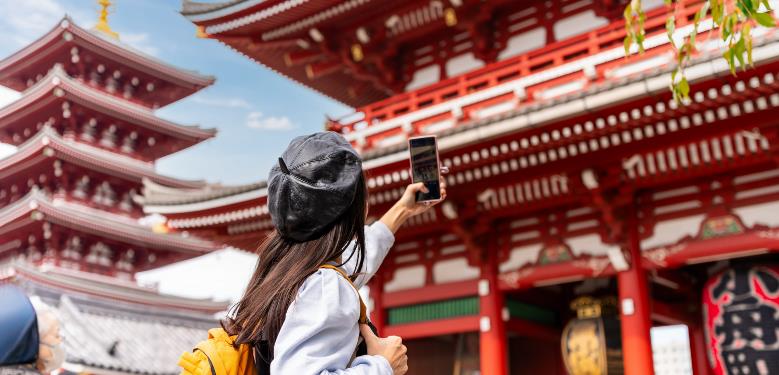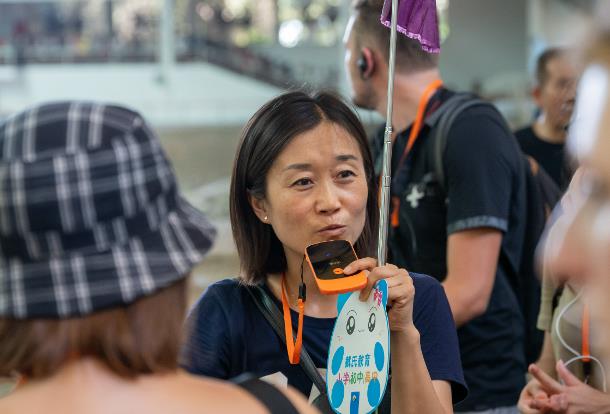
In May 2025, Japan recorded 3.69 million inbound arrivals—a record high for the month of May and the third-highest monthly figure ever, marking a 21.5% year-on-year increase.
Tokyo and Kyoto have long been focal points of overtourism debates. The fact that Japan still attracted nearly 3.7 million visitors under such pressure suggests that inbound tourism is no longer a passing trend—it’s becoming structurally entrenched. This sets the stage for potentially record-breaking numbers this summer.
While Japan is tightening its tourism policies in response to overtourism, China is taking the opposite route—reopening its borders through regulatory easing and a multi-faceted policy reboot. Since 2024, China has advanced its reopening strategy on both leisure and business travel.
As Asia’s two largest inbound tourism markets, Japan and China are charting distinctly different strategic courses—reflecting contrasting industry logics and investment priorities.
For Japan, the focus is on governance.
Overtourism has become a long-term structural challenge, with negative consequences such as dual pricing becoming increasingly visible.
Government investment is being channeled into managing visitor flows, revitalizing lesser-known destinations, and deploying technologies like AI to build a more controllable tourism environment.
These initiatives, however, can only mitigate the issue—they can’t fully resolve them. For tourism operators, the core challenge lies in managing and reallocating limited resources.
China, by contrast, is undergoing a phase of content reconstruction.
Following the easing of visa restrictions to boost visitor volume, the key challenge now is how to reframe China’s cultural heritage, natural landscapes, and contemporary life into globally relevant experiences that are understandable, participatory, and emotionally resonant.
Today’s travelers are increasingly curious about China beyond politics and economics.
This includes everything from the rural “CunBA” basketball tournaments, to Olympic diver Quan Hongchan’s training footage, to quirky phenomena like Hangzhou’s “Monday Liberation” meetings or the LABUBU toy factory.
Traditional guide-tour narratives are outdated, lacking both ecological storytelling and poetic language.
Meanwhile, new culturally rich products still lack an accessible, consumable context for global travelers.
What the Chinese travel industry needs is not just tour guides or project managers, but a new generation of “contextual translators”—people capable of interpreting social trends and crafting narratives that bridge local realities with global understanding.
Japan needs diversion; China needs articulation.
This strategic divergence between Asia’s two tourism powerhouses will likely shape the regional tourism landscape for the next three to five years.




